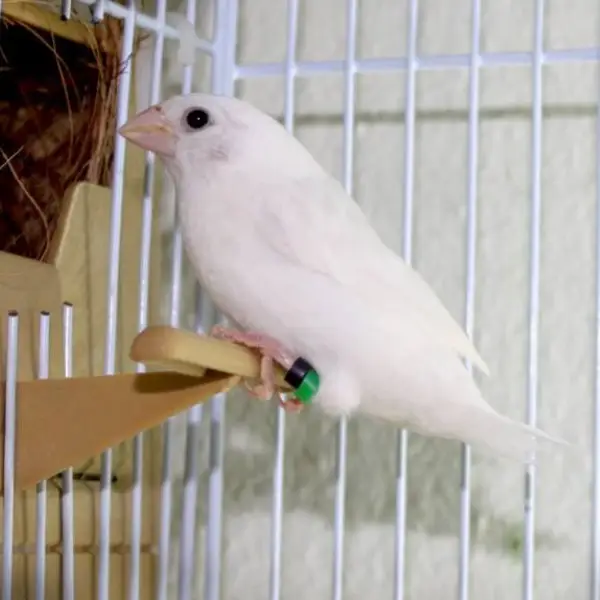-
×
 Diamond Dove
1 × ₨ 4,100
Diamond Dove
1 × ₨ 4,100 -
×
 White Bengalese
1 × ₨ 1,500
White Bengalese
1 × ₨ 1,500
Subtotal: ₨ 5,600
Free shipping order over 20,000
 Diamond Dove
1 × ₨ 4,100
Diamond Dove
1 × ₨ 4,100  White Bengalese
1 × ₨ 1,500
White Bengalese
1 × ₨ 1,500 Subtotal: ₨ 5,600
₨ 562,500 Original price was: ₨ 562,500.₨ 450,000Current price is: ₨ 450,000.
Size:
Approximately 45 to 50 cm (18 to 20 inches) in length.
Weight:
Around 800 to 1000 grams (1.7 to 2.2 pounds).
Color:
Eyes:
Dark brown or black, with a prominent black pupil.
Legs and Feet:
Gray, with zygodactyl toes (two toes facing forward and two backward), allowing for strong climbing and gripping abilities.
Important Keys:
Habitat
Distribution:
Sulphur Cockatoos are native to Australia, New Guinea, and some parts of Indonesia. They are commonly found in the northern and eastern regions of Australia.
Environment:
They inhabit a variety of environments, including woodlands, forests, and urban areas. They are highly adaptable and often seen in parks and gardens. In captivity, they require a spacious aviary or large cage with plenty of toys, perches, and opportunities for social interaction.
Diet
Primary Food:
In the wild, their diet includes seeds, nuts, berries, fruits, and roots. They also feed on agricultural crops such as maize and wheat.
Captivity Diet:
In captivity, they should be provided with a balanced diet of high-quality pellets, fresh fruits, vegetables, nuts, and seeds. Fresh water should always be available.
Feeding Behavior:
Sulphur Cockatoos are active foragers, using their strong beaks to crack open nuts and seeds. They are known to be destructive chewers, so they enjoy having wooden toys and branches to gnaw on.
Breeding
Breeding Season:
The breeding season typically occurs from August to January in Australia.
Nest Location:
They nest in tree cavities, often high up to avoid predators. In captivity, a large nest box with appropriate bedding is necessary.
Egg Quantity:
Clutches usually consist of 2 to 3 eggs.
Incubation Period:
The incubation period lasts about 25 to 30 days, with both parents sharing incubation duties.
Fledging:
Chicks fledge approximately 10 to 12 weeks after hatching.
Lifespan
In the Wild:
Sulphur Cockatoos can live up to 40 to 50 years in their natural habitat.
In Captivity:
With proper care, they can live up to 70 to 80 years or more.
Behavior
Temperament:
Sulphur Cockatoos are known for their intelligence, playful nature, and strong personalities. They are social birds that bond closely with their caregivers but require experienced handling due to their size and strength.
Social Interaction:
They thrive on social interaction and mental stimulation. They enjoy playing with toys, learning tricks, and spending time with their caregivers. They can be very affectionate but also require consistent training and boundaries.
Vocalization:
Sulphur Cockatoos are very vocal and can produce loud, screeching calls. They are also capable of mimicking sounds and speech, but their vocalizations can be overwhelming for some people.
| color | blue, grey, green, violet, white, yellow |
|---|
Sign Up for Exclusive Birds Care Tips and Offers from Phool Panchi
© 2024 Phool Panchi | Developed By v3Studio
 Diamond Dove
1 × ₨ 4,100
Diamond Dove
1 × ₨ 4,100  White Bengalese
1 × ₨ 1,500
White Bengalese
1 × ₨ 1,500 Subtotal: ₨ 5,600
WhatsApp us
Reviews
There are no reviews yet.